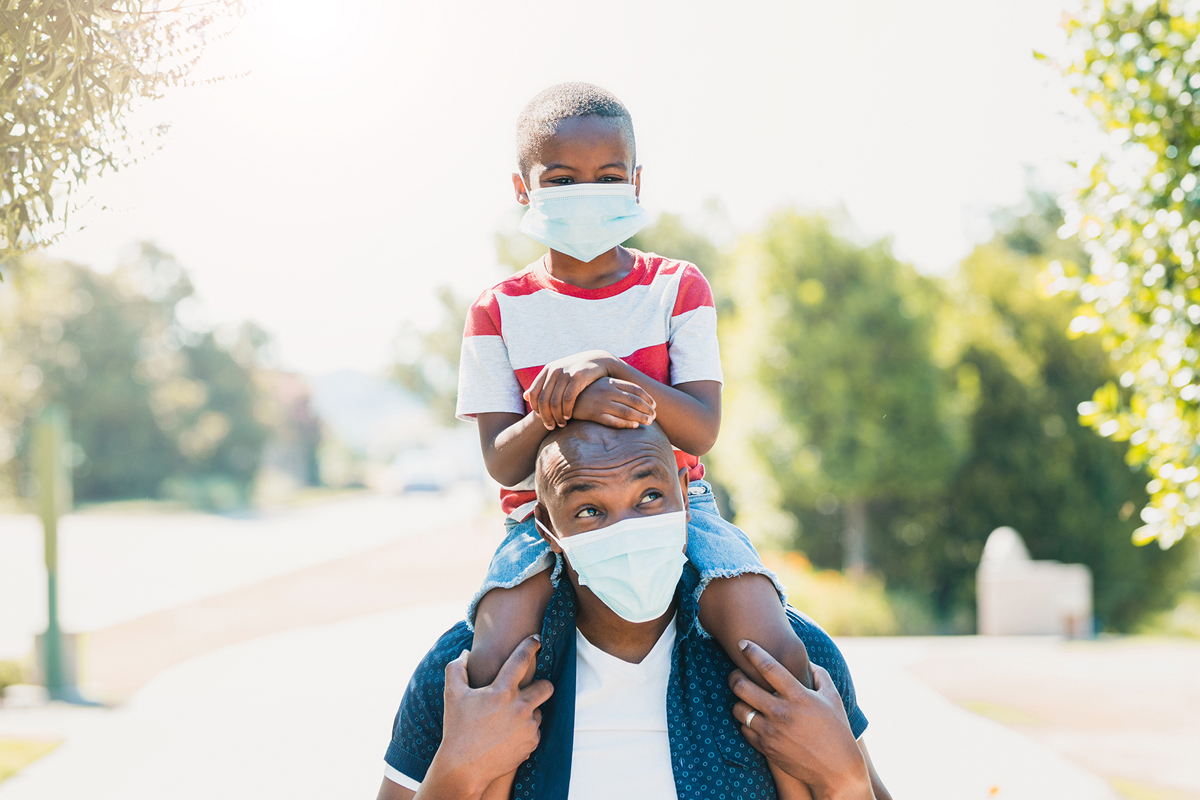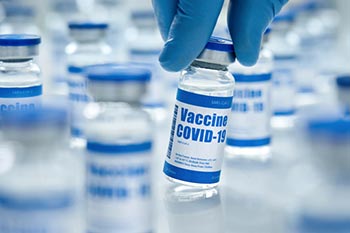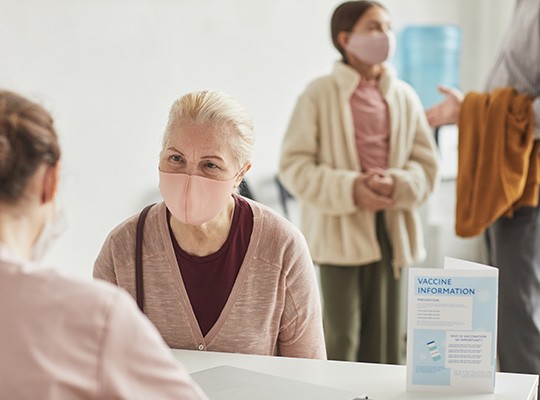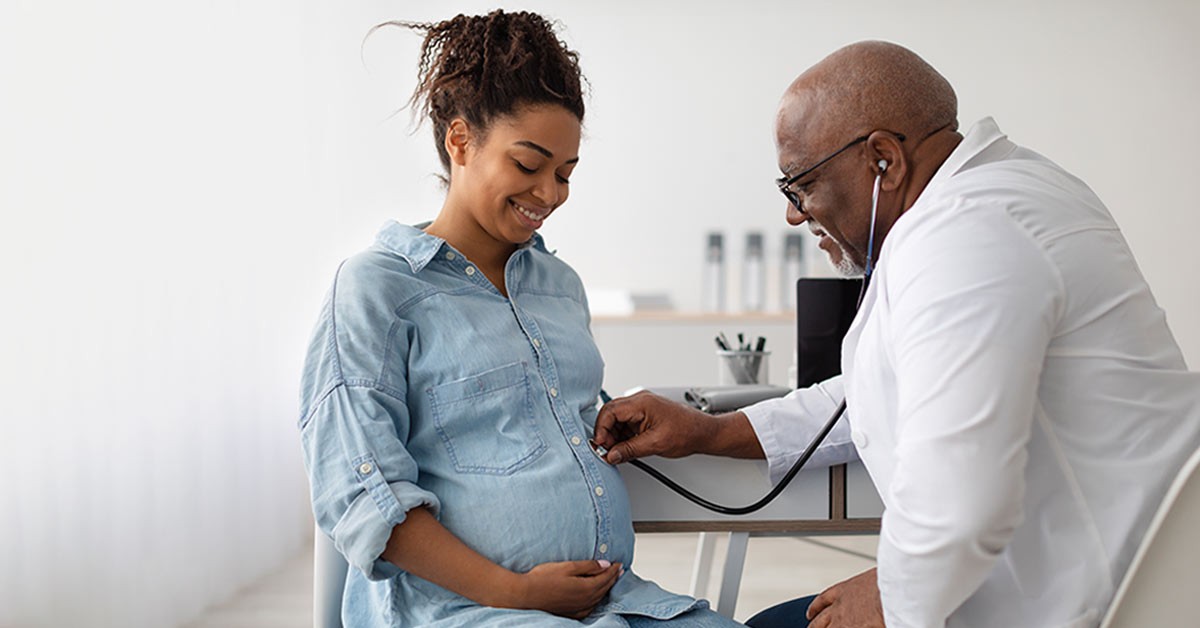Can you tell me about the FDA’s recent authorization of the vaccine for use in children between 6 months and 5 years old?

As a researcher, this assignment was difficult because none of the children in that age range in our data had received the vaccine. What we could do was look at the risk of about 17 FDA-monitored adverse effects related to COVID-19 vaccines. Since this new population hadn’t received the vaccine, we looked at the historical incidence of these 17 different conditions and the rates at which they happen, even without the COVID-19 vaccines. From there, the FDA compared results from our analysis to the trial results that the manufacturers submitted to the FDA and used this benefit-risk assessment to understand what we could likely expect moving forward.
The FDA essentially ran a risk/benefit analysis across the U.S., under the assumption that the vaccine was available for use. Based on the background incidence and clinical trial data of these various adverse events within the appropriate age range, both the risks and benefits could be quantified. A comparison of the risks to the benefits of vaccination helps answer the question of whether the benefit of vaccination is worth the risk.
Were there similarities or differences in the way your team went about providing data to support authorization for children, as compared to other age groups?
We’re currently monitoring the vaccine in both adults and children. We went through a very comparable exercise when we analyzed the 5- to 11-year-old population in the fall of 2021, before those children could receive a vaccine. We provided a similar analysis of the background risk, and the FDA used that in conjunction with its trial data. This comparison allowed it to conclude that the benefits outweighed the incremental risks of vaccination.
In terms of differences with this age group, we had the advantage of providing historical data in advance of the authorization. We also created rules in our research design to deal with anomalies in the data. For example, claims are sometimes accidentally submitted for the patient’s sibling, which can create errors in the data. While rare, this does happen, so we added these new rules to mitigate such errors. There’s a whole range of anomalies that can occur in the data, and those rules are part of our research design that help address the underlying limitations of claims data that are used for public health surveillance.



 Let’s assume that the COVID-19 vacine is close to 75% effective for children at preventing severe COVID-19 disease. This would mean that children who are vaccinated have a 75% lower chance of hospitalization when contracting COVID-19. Our internal work on COVID-19 effectiveness will bring a sample size in the range of 100,000 vaccine recipients and 100,000 non-vaccine recipients, allowing us to measure this effectiveness with good precision. Even if the absolute risk of hospitalization is much lower in kids, the sheer size of the Optum data helps us identify the small differences in hospitalizations among vaccinated and unvaccinated kids.
Let’s assume that the COVID-19 vacine is close to 75% effective for children at preventing severe COVID-19 disease. This would mean that children who are vaccinated have a 75% lower chance of hospitalization when contracting COVID-19. Our internal work on COVID-19 effectiveness will bring a sample size in the range of 100,000 vaccine recipients and 100,000 non-vaccine recipients, allowing us to measure this effectiveness with good precision. Even if the absolute risk of hospitalization is much lower in kids, the sheer size of the Optum data helps us identify the small differences in hospitalizations among vaccinated and unvaccinated kids.
